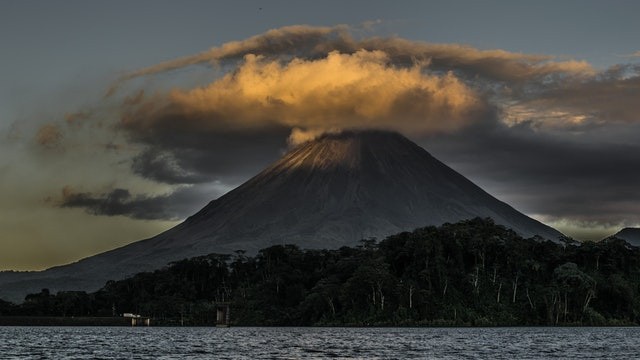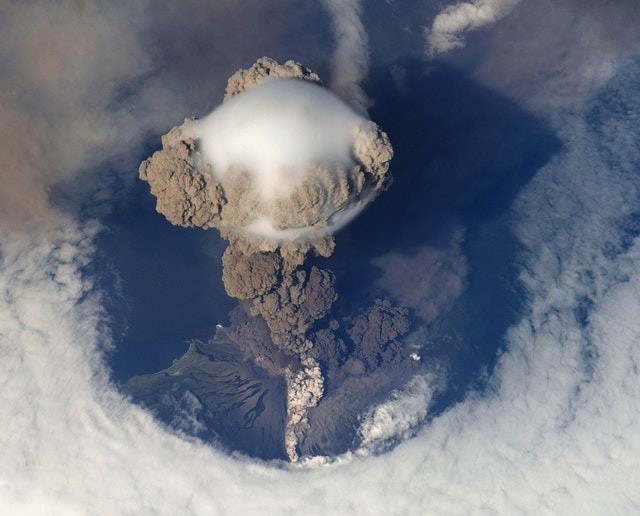Everyday citizens in Iceland have been 'awaken to earthquakes' for more than a week now. The Icelandic Meteorological Office(IMO) made the announcement on Thursday (March 4) that over 20,000 earthquakes have shaken up the southern part of Iceland this week, shaking the capital city of Reykjavik, and geologists were kept on their toes as all evidence leads to an unfinished volcanic eruption, the Icelandic Meteorological Office (IMO) reported on Thursday (March 4).

Earthquake Hits Reykjanes
This race of quakes goes on this week as a swarm of activity caused by an earthquake that started on Feb. 24, when a 5.7-magnitude earthquake hits a place close to Reykjanes Peninsula of Iceland which is about 32 kilometers (20 miles) from the capital city.
According to Michigan Technological University, earthquakes within the range of 5.0- to 5.9-magnitude are regarded as moderate, and can lead to small harm to nearby buildings. Luckily, the epicenter of the earthquake was far away from the populated places on the island where no injuries or harm were reported.
According to the Icelandic Meteorological Office (IMO), the size of many thousands of earthquakes that have ensued the event that occurred on Feb. 24 has been minor, with just two quakes registering more than the 5.0 magnitude.
Still, dwellers of Reykjavik have perceived the rattle day after day, with some residents waking up with an earthquake, and other residents going to bed with an earthquake, a professor of volcanology at Iceland's University, Thorvaldur Thordarson, disclosed to New York Times.
Volcanic Eruptions
While unsettling, Thordarson said there is nothing to worry about as the earthquakes have all been minor and far enough to leave Reykjavik unharmed. Whereas, the Icelandic Meteorological Office gave a warning of an extended risk of the landslide on the Reykjanes Peninsula, but gave no further guidance to the residents.
In the past, swarms caused by earthquakes like this have been examined before the volcanic eruptions that happened in southern Iceland, according to the Icelandic Meteorological Office.
The agency said magma movement at the borderline where the North American and tectonic plates of Eurasia join likely made the tremors occur, which could ignite the five active volcanoes on the Reykjanes Cape.

Another Cycle of an Eruption
If any volcanoes of southern Iceland explodes in the next few weeks, the eruptions will be both awaited and adaptable. As reported by Thordarson, volcanoes in southern Iceland encounter activity pulses every 800 years or more, and the last activity pulse happened between the 11th and 13th centuries. Thordarson added that Iceland is not late for another cycle of an eruption.
Just like the quakes, these possible eruptions should also place a small menace to the residents of Iceland. Such eruptions would not have an effect like the 2010 eruption of the Eyjafjallajökull volcano, which released an ash column over 9km (5 miles) into the sky, which made hundreds of people relocate, and European air traffic was also deformed for six days, as written in The Conversation by volcanologist Dave McGarvie.
Related Article : [BREAKING] New Zealand Earthquake Triggers Tsunami Warnings Pacific-Wide, Norfolk Island Hit By 64cm Wave
For more news, updates about earthquakes and similar topics don't forget to follow Nature World News!
© 2025 NatureWorldNews.com All rights reserved. Do not reproduce without permission.





